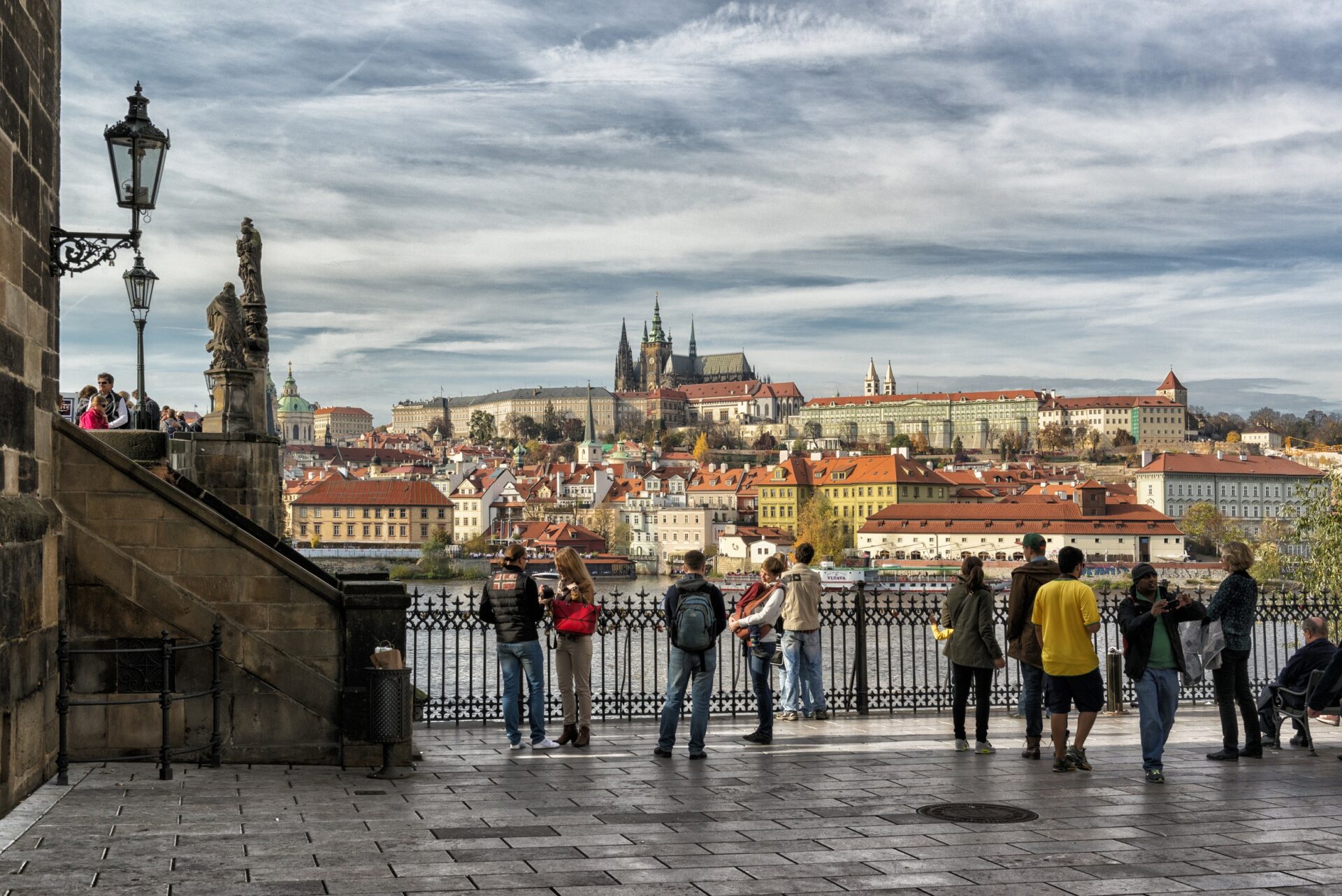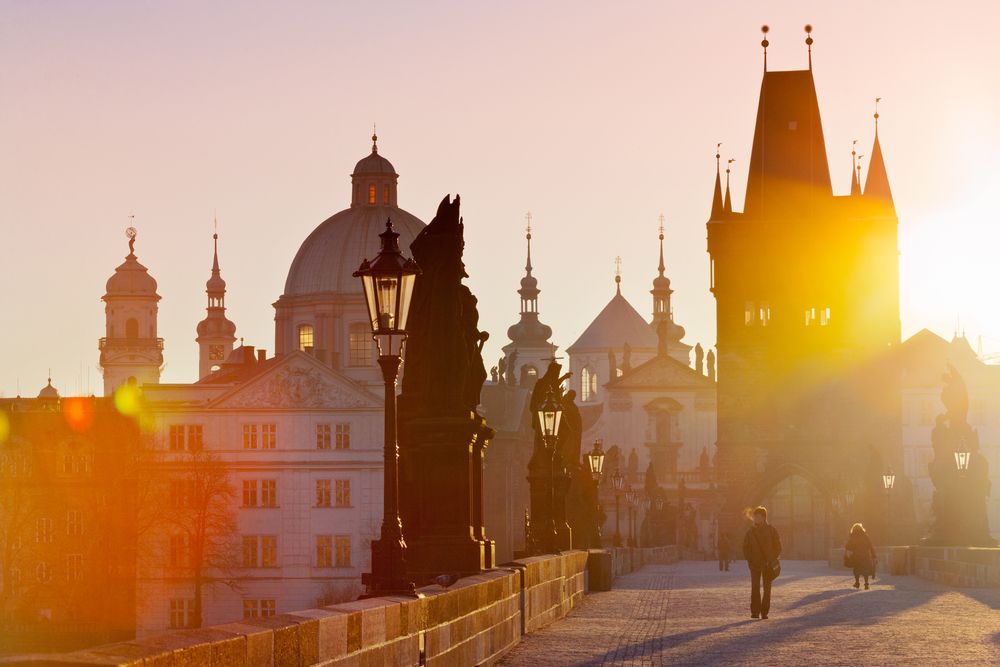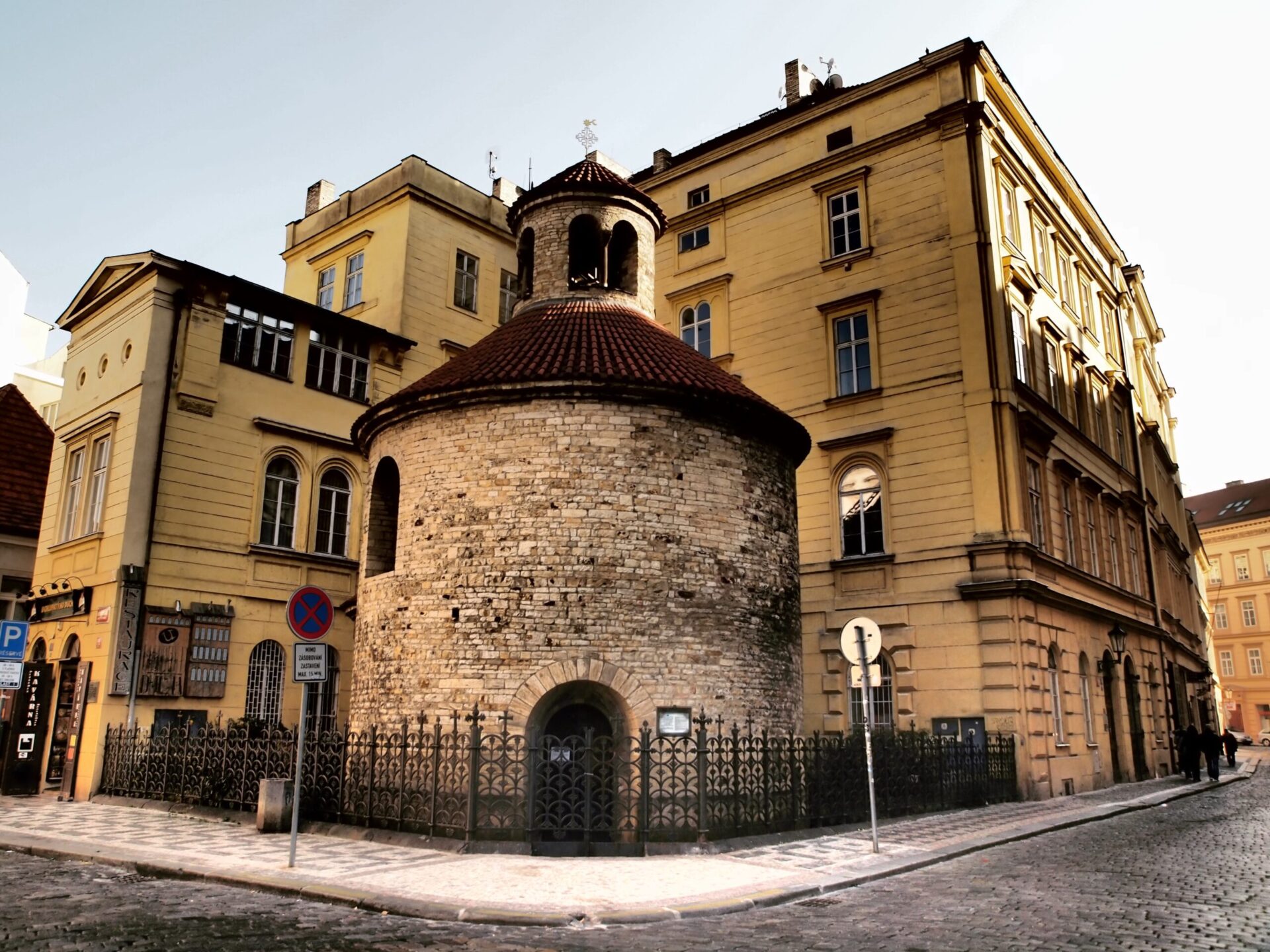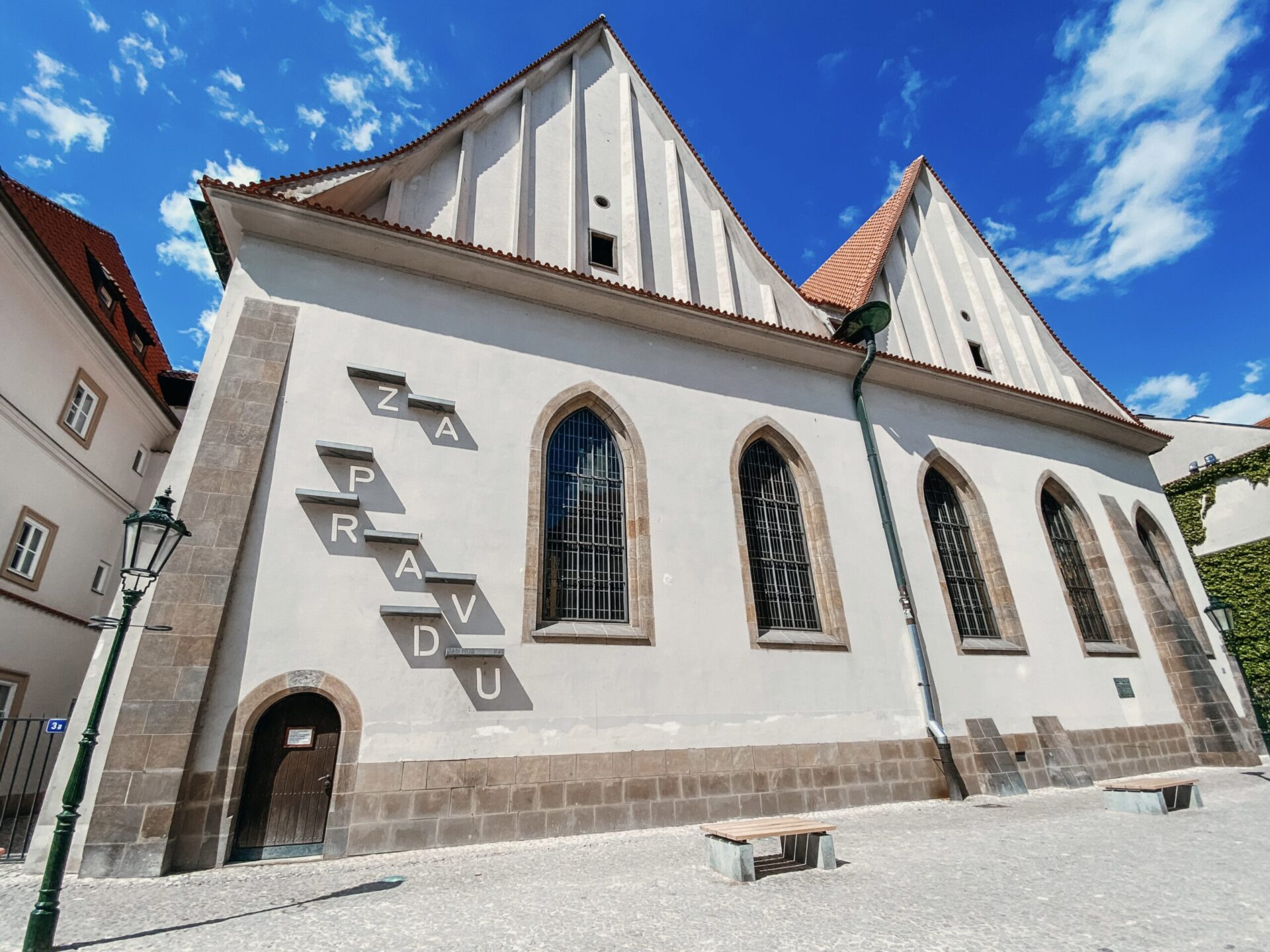

Prague is one of the most visited cities in Europe. No wonder, the city is also one of the most beautiful cities on our continent. Prague is sometimes called the “Golden City” or “Paris of the East”. Especially in the city centre and at the Prague Castle you will find many magnificent sights.

Prague Castle has been an important symbol of the Czech state for more than a thousand years. It was founded in the 9th century and became the seat of Czech rulers and later presidents. The castle, one of the largest complexes in the world, is made up of historical palaces, offices, church and fortification buildings, gardens and picturesque spots. It covers an area of 45 hectares. The panoramic view of Prague Castle is one of the most spectacular in the world.

Prague’s oldest bridge was built to replace the Judith Bridge that had been badly damaged by floods in 1342. Construction of the new bridge, originally called Stone Bridge or Prague Bridge, began in 1357 under the auspices of Charles IV and was finished in 1402. Since 1870 the bridge has been called Charles Bridge. It is built of sandstone blocks, flanked at each end by fortified towers (Lesser Town Bridge Towers, Old Town Bridge Tower). From 1683 to 1928, 30 statues of saints were carved to decorate the bridge, the most famous of which is the statue of St John of Nepomuk.

The Old Town Hall was established in 1338 as the seat of the Old Town administration. The oldest part of the complex consists of the southern wing a beautiful Gothic tower with a bay chapel and a unique astronomical clock – known as the Orloj – where, every hour between 9 am and 11 pm, the twelve apostles appear. The Gothic Revival eastern wing of the Town Hall was destroyed during the Prague Uprising on May 8, 1945 and was never rebuilt. The visitor route includes the chapel, historical halls, the underground areas and the tower.

Although the first written mention of this, the oldest of the three Prague rotundas, dates back to 1365, it was actually established at the end of the 11th century. Also of interest is its supposedly magical location – at the exact centre of the “urban cross” of old Prague, which connects the Cathedral of St Vitus, St Wenceslas and St Adalbert with the Rotunda of St Longin, the Church of St Clement in Old Town, and the now-destroyed Church of St Philip and St Jacob at Arbesovo náměstí.

The chapel was founded in 1391 for Czech sermons, and Jan Hus preached here from 1402 to 1413. In 1786 it was largely destroyed, and it was not until the 1950s that a replica of the original structure was built using the remains of the original walls. Today the space serves as a ceremonial hall for the Czech Technical University. In the adjacent Preacher's House, an exhibition about the history of the chapel is located on the first floor and includes the residential quarters where Master Jan Hus lived.
Cloister Inn Hotel
Konviktská 14
110 00 Praha 1
Česká republika
Tel.: +420 224 211 020
booking@pregroup.eu

